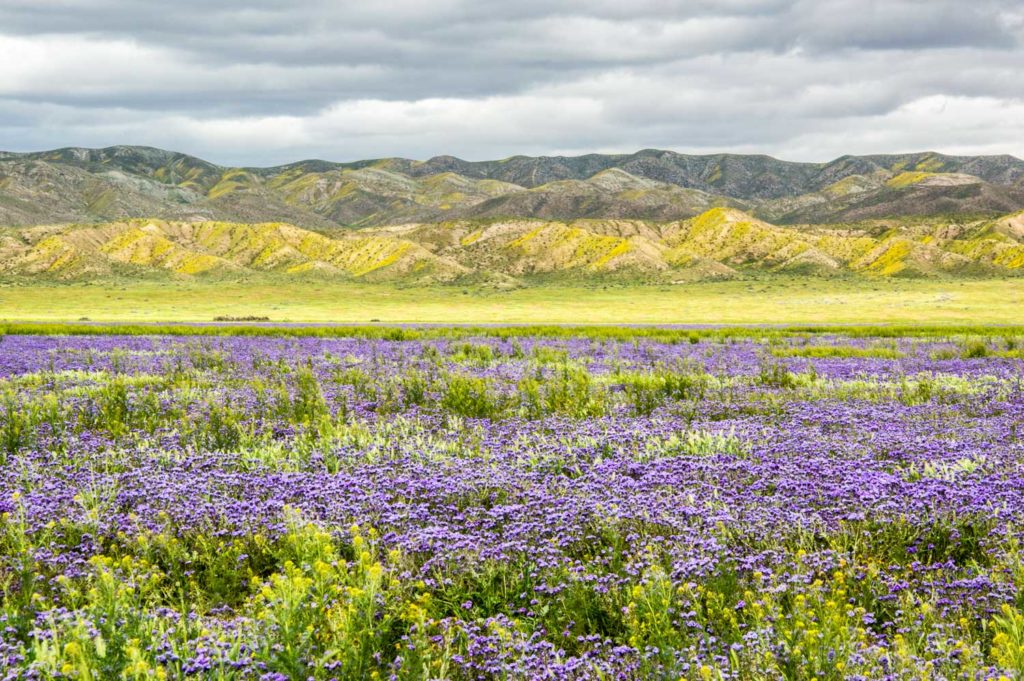
Washington, DC – Yesterday, more than 100 members of Congress joined together to introduce legislation protecting America’s treasured national monuments from further attack by the Trump administration or future presidents. The bill is in response to recent attempts to shrink or eliminate protections for more than two dozen national monuments throughout the country, including the Carrizo Plain National Monument in San Luis Obispo and western Kern counties.
“We’re thrilled that this new Congress is taking its obligation seriously to protect and preserve our nation’s rich legacy of public lands,” said Los Padres ForestWatch Public Lands Advocate Rebecca August. “National parks, forests, and monuments have faced countless threats. This bill will secure the future of these iconic landscapes so that we can all continue to explore and enjoy them for generations to come.”
The America’s Natural Treasures of Immeasurable Quality Unite, Inspire, and Together Improve the Economies of States (ANTIQUITIES) Act of 2019 protects national monuments with the following provisions:
- It officially declares Congress’ support for the 52 national monuments established by presidents in both parties between January 1996 and October 2018 under their authority established by the Antiquities Act of 1906.
- It reinforces that existing law clearly states that presidential proclamations designating national monuments are valid and cannot be reduced or diminished, except by an act of Congress.
- It further enhances protections for the presidentially-designated national monuments by 1) requiring that they be surveyed, mapped and that management plans be completed in two years — in the same manner as congressionally-designated national monuments — and 2) that they receive additional resources to ensure that they will continue to meet their full potential of providing unmatched economic, recreational, and cultural benefits to their states and to the nation.
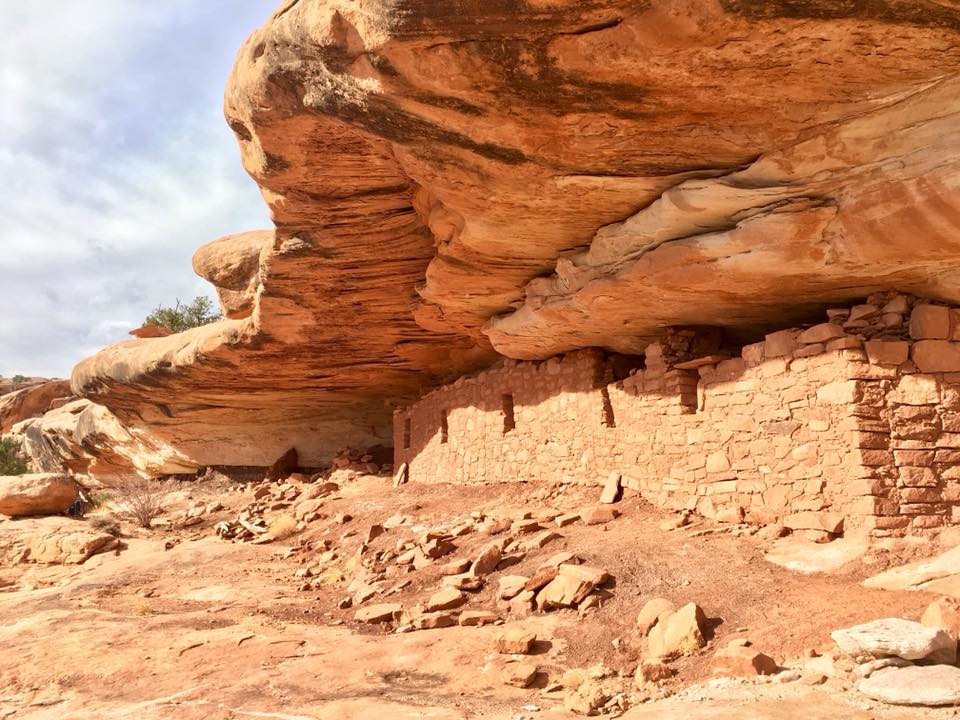
The bill comes less than two years after President Trump ordered his Interior Department to review the protected status of Bears Ears, Grand Staircase-Escalante, and 25 other monuments, including the Carrizo Plain and five others in California. The review resulted in the elimination of two million acres of protections — the largest rollback of federally protected lands in American history. These reductions are now being challenged in court on the basis that only Congress, not the President, has the authority to change a national monument.
The Carrizo Plain National Monument survived the first round of cuts, but its future remains uncertain. The final Interior Department report did not address the Carrizo Plain specifically, leaving open the issue of whether to reduce or eliminate its boundaries. The report did, however, recommend that the area’s management plan be weakened, which could put Native American cultural sites and the many endangered plants and wildlife found among the national monument’s expansive native grasslands — one of the last intact ecosystems of its type in California — and mountains at risk from increased oil drilling and other development.
“Its unique features and relatively pristine condition make the Carrizo one of our region’s most spectacular and important landscapes — one that more than deserves its national monument designation and the protections that come with it,” said Los Padres ForestWatch Conservation Director Bryant Baker. “We must do everything we can to permanently protect this jewel of California.”
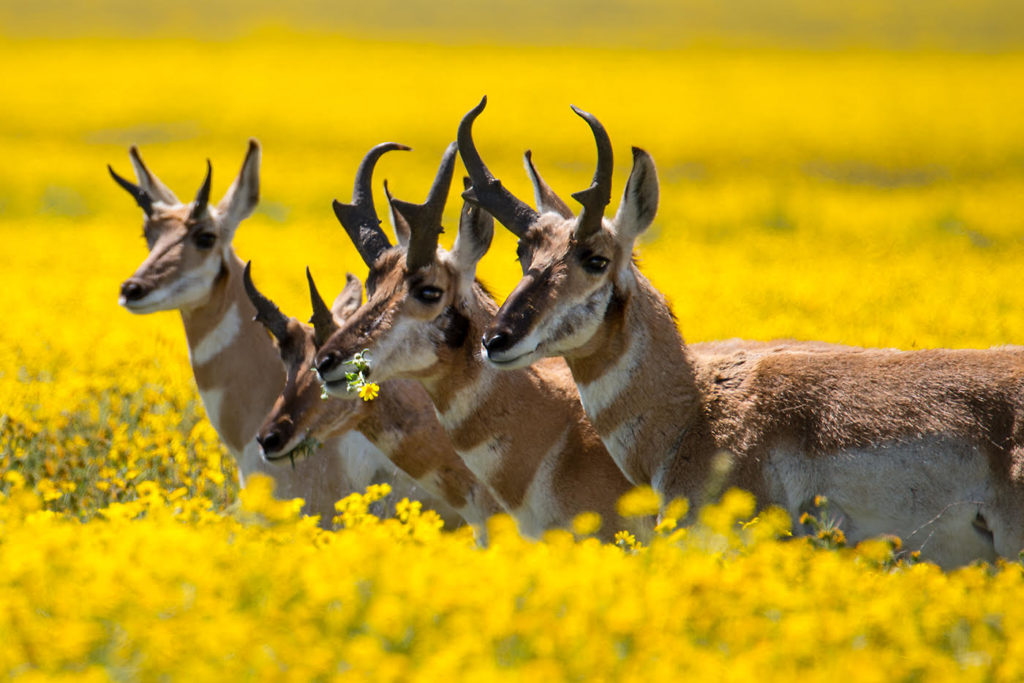
The Interior Department received more than 2.8 million comments during its review, the overwhelming majority (99%) of which supported keeping protections in place for national monuments. The Carrizo Plain National Monument received bipartisan support from elected officials, Native American tribes, local businesses, chambers of commerce, historical and archaeological societies, editorial boards, nonprofit organizations, and thousands of central coast residents.
The bill is cosponsored by 27 Senators, including Senator Dianne Feinstein and Senator Kamala Harris of California. Congressman Salud Carbajal (D-Santa Barbara), whose district spans most of the Carrizo Plain National Monument, was one of 75 cosponsors in the House. House Minority Leader Kevin McCarthy (R-Bakersfield), whose district also spans a portion of the Carrizo Plain National Monument, is not listed as a cosponsor.
The bill (S.367 summary and text) will be referred to various congressional committees before going to a vote in both the House of Representatives and the Senate.
About the Carrizo Plain National Monument
The Carrizo Plain National Monument was established in 2001 by Presidential Proclamation, and today remains one of the few examples of undeveloped grasslands in central California. Often referred to as “California’s Serengeti,” it covers more than 206,000 acres in southeastern San Luis Obispo and western Kern counties and is known for its dramatic super-blooms when springtime wildflowers cover the landscape.
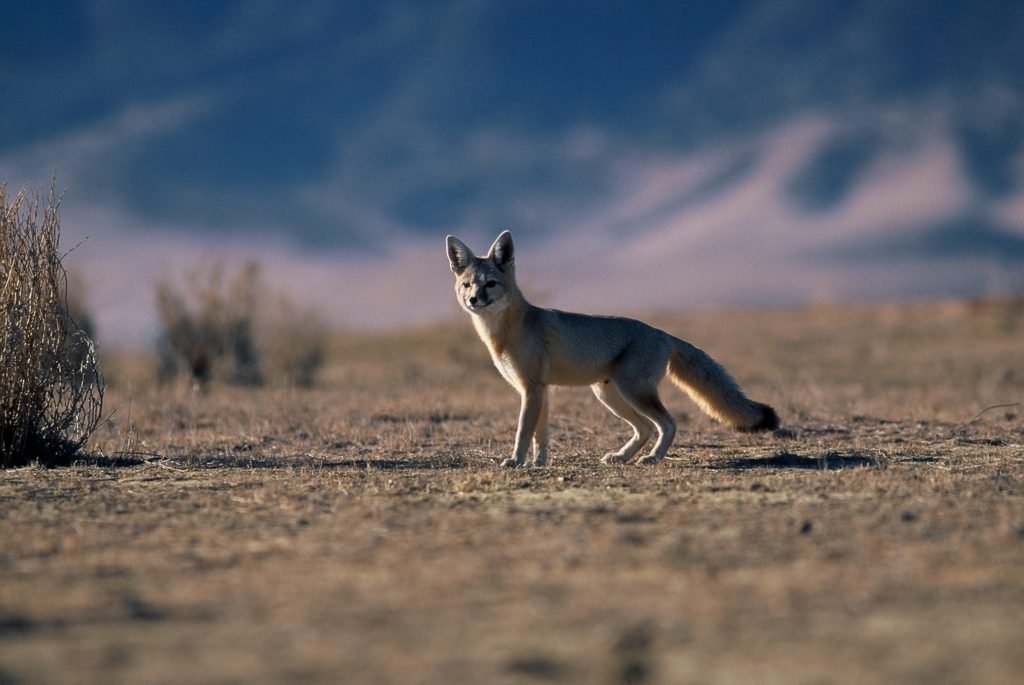
Two distinct mountain ranges rise above the plain — the Calientes and the Temblors. At 5,106 feet in elevation, Caliente Mountain is the highest point in San Luis Obispo County. The San Andreas Fault creates dramatic changes in the landscape at the eastern edge of the Carrizo Plain. Soda Lake, a seasonal body of water, is the centerpiece of the plain along with a sacred Chumash ceremonial site that rises 55 feet from the valley floor. Trails, camp sites, seasonal wildflower tours, and ample bird-watching opportunities abound. Unique wildlife like pronghorn and tule elk as well as endangered San Joaquin kit foxes and giant kangaroo rats seek refuge here and rely on unique adaptations to survive dry, hot summers.






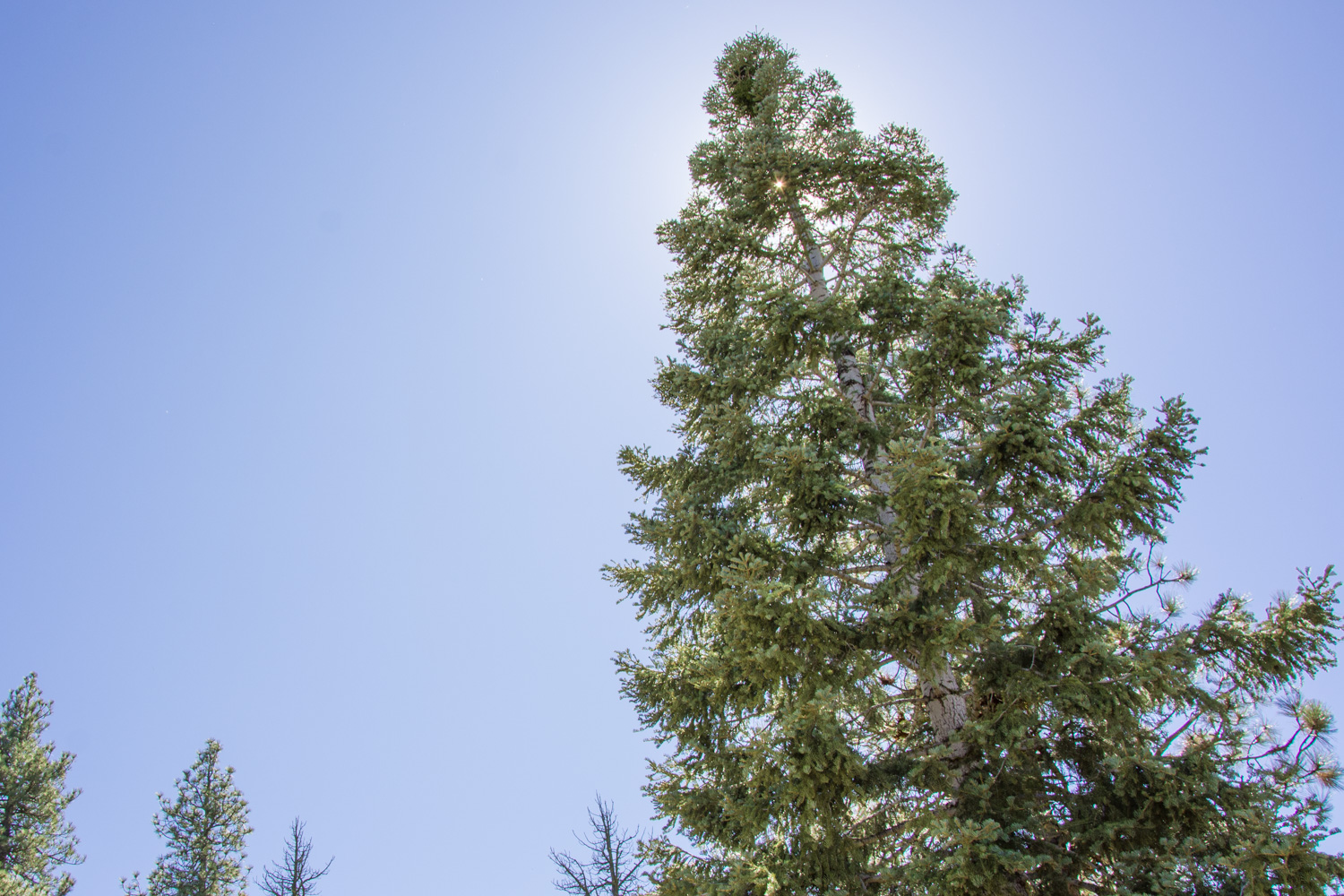
Comments are closed.